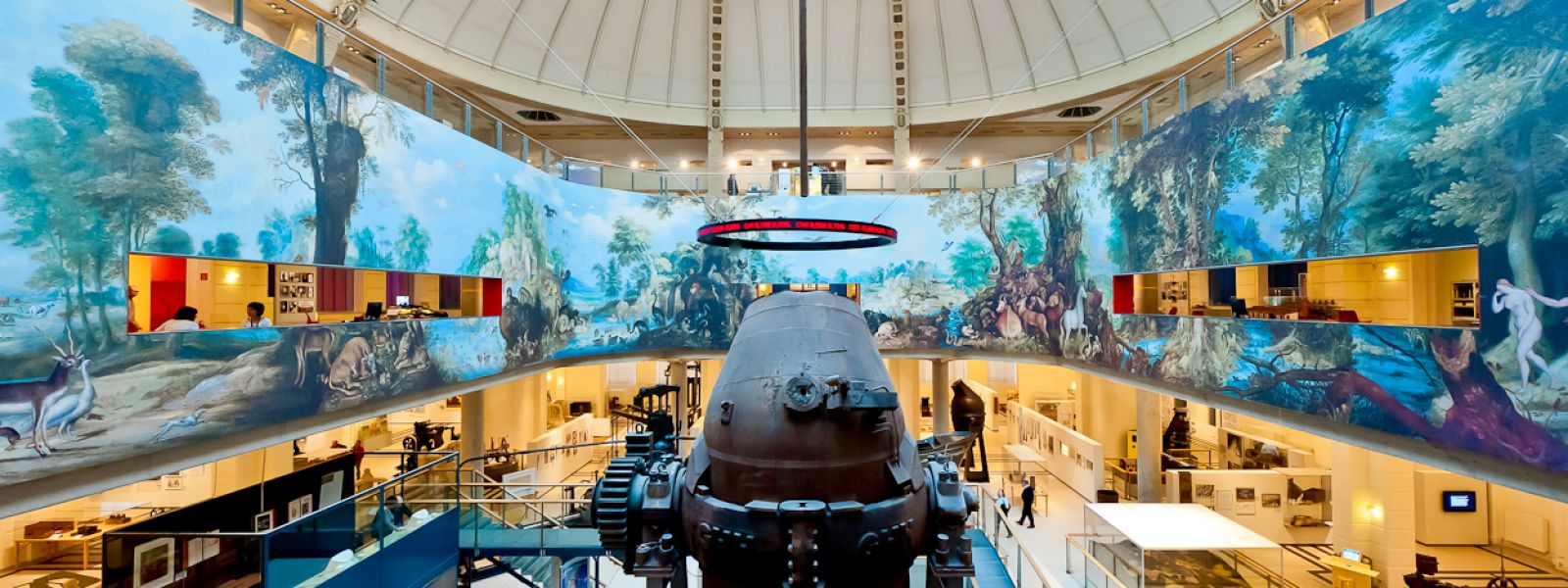For millennia, people have tried to obtain metal from the earth's crust and to process this for their own use. But it was only during the Industrial Revolution that mining and the iron and steel industry were able to be operated on a large scale using effective technologies – and heavy industry was born. It includes industries with a very high outlay in capital, labour, land and soil, installations and buildings. From this time onwards, it provided the necessary material for the construction of ships, railways, bridges, high-rise buildings – and for the flourishing armaments industry.
From the 1950s, economic conditions in industrial countries essentially began to change. Since then, the employment market has been dominated by the consumer-goods industry and the service sector. Today, in Central Europe, hardly anyone grafts in mines, but instead people work at computer monitors; instead of the time clock we have flextime; instead of sweating at a furnace we often earn money in air-conditioned open-plan offices.
Looking at heavy industry is all the more exciting in view of this rapid social development. It may be historical, but its significance for the modern world is unquestioned. Steel continues to be the world's most important material. This is why the focus of this exhibition, in addition to mining, was on the extraction and processing of metals in large industrial structures. One particular highlight was the LD converter, the most important and largest item in the exhibition.
Current Exhibitions









